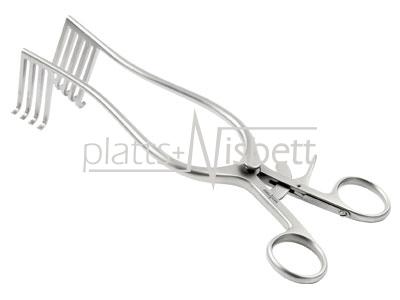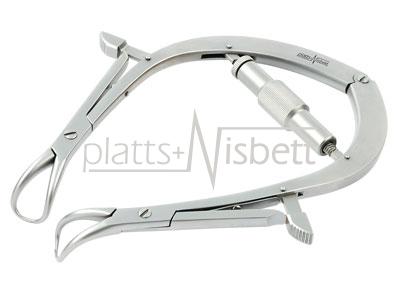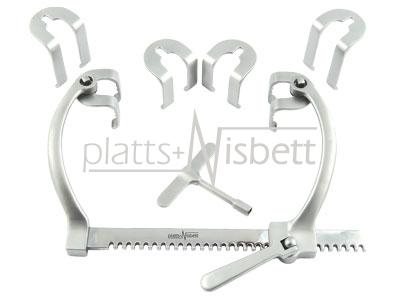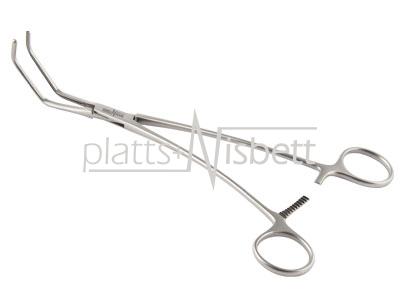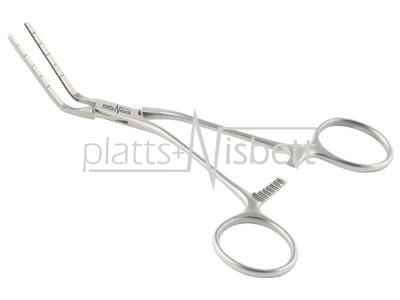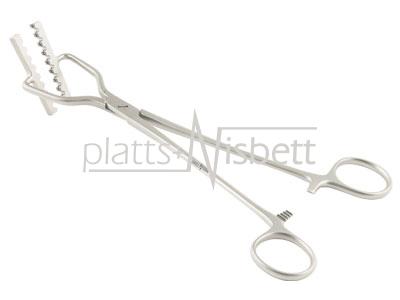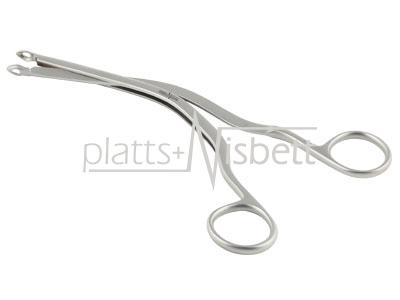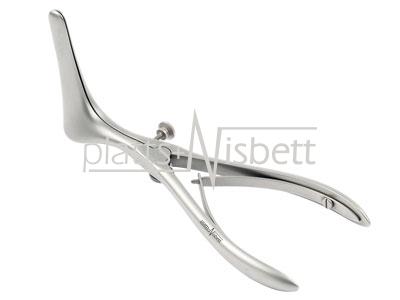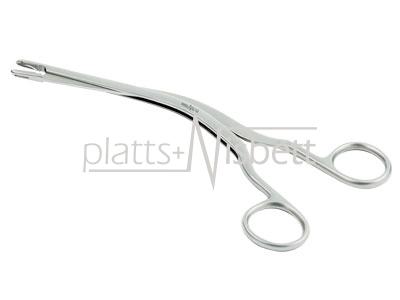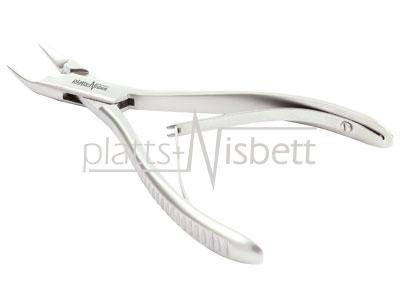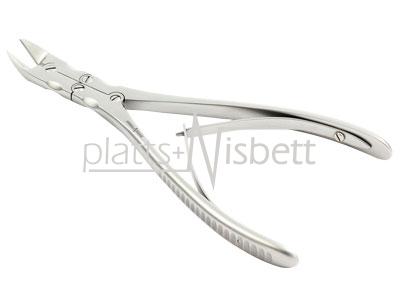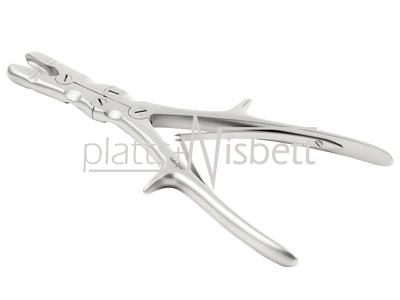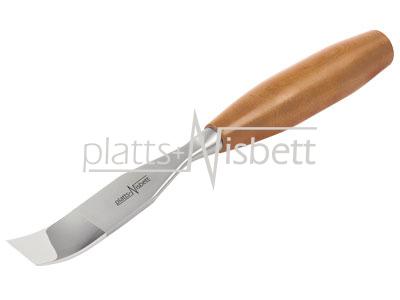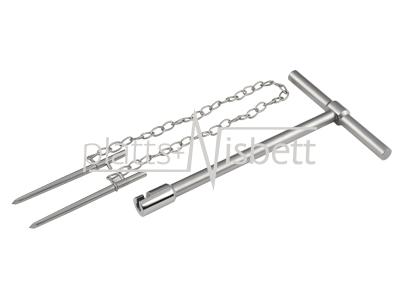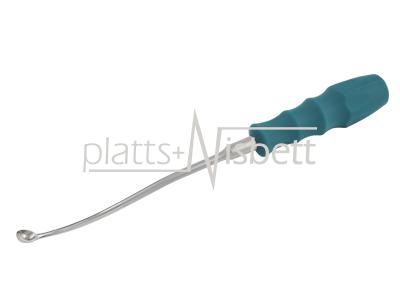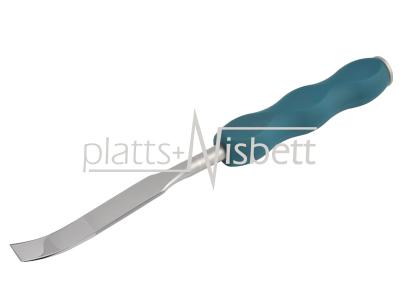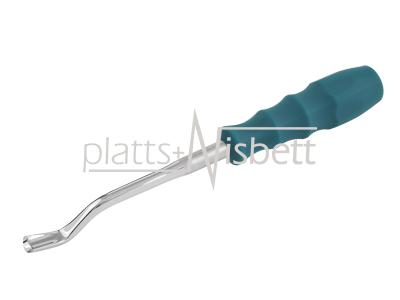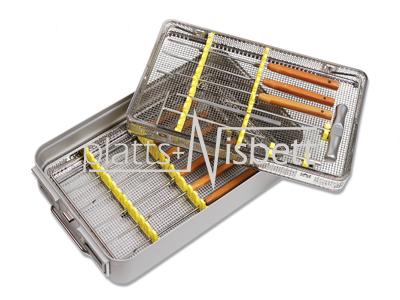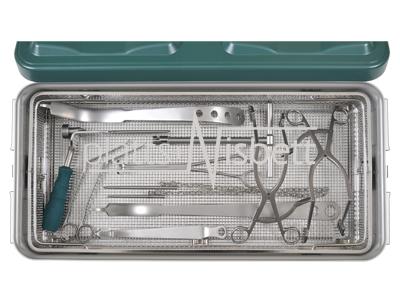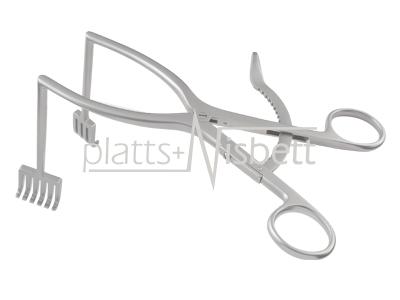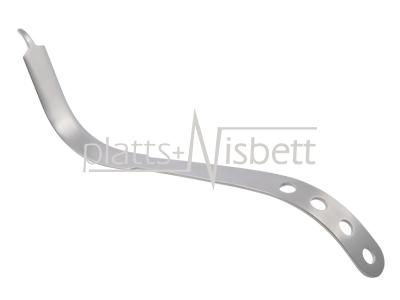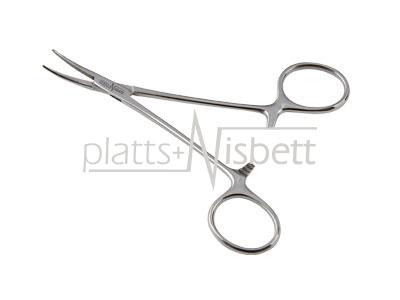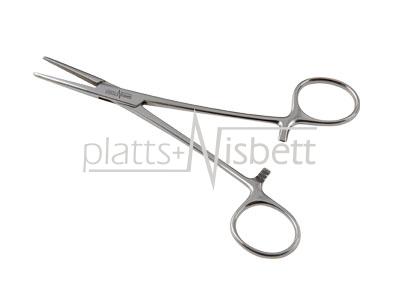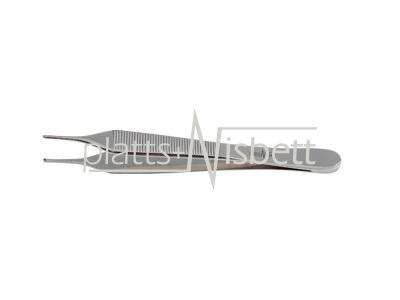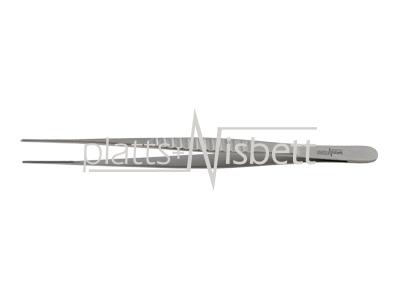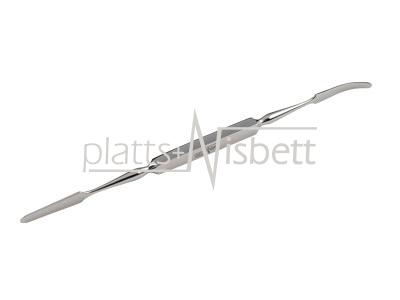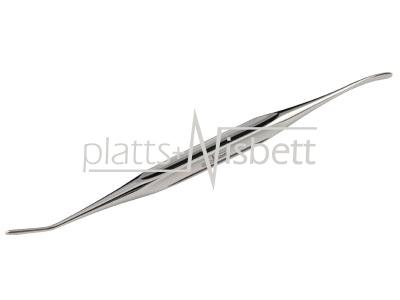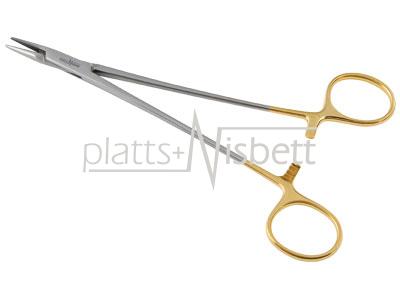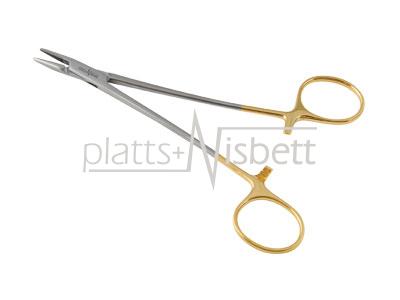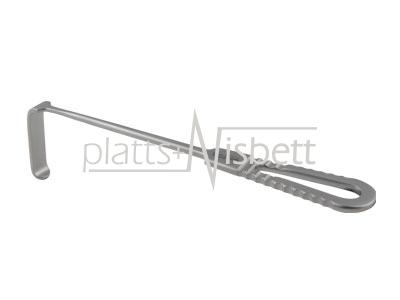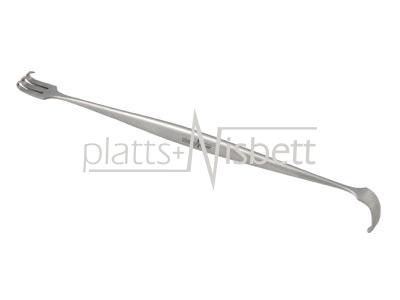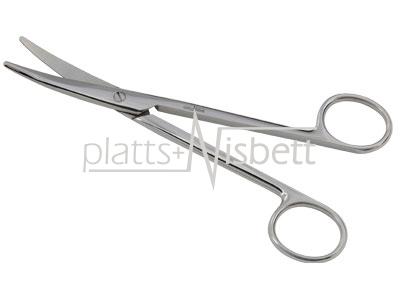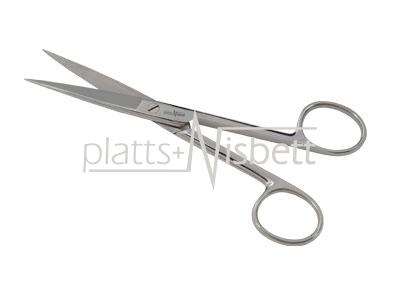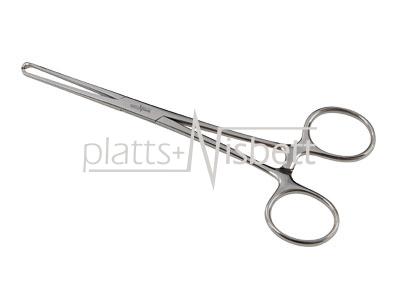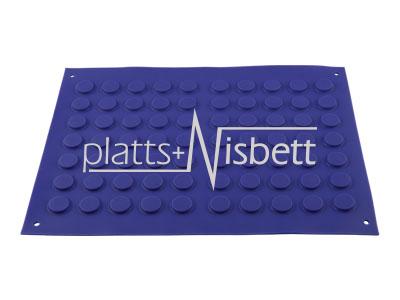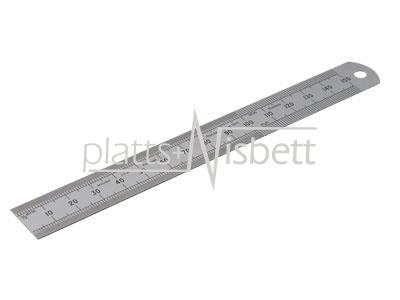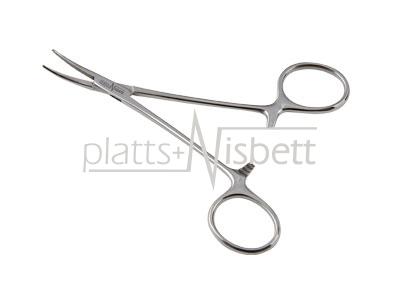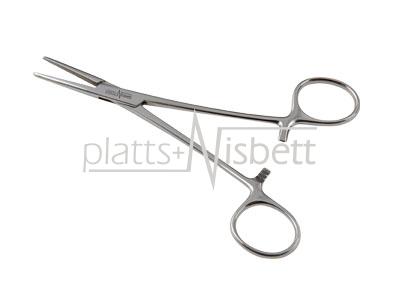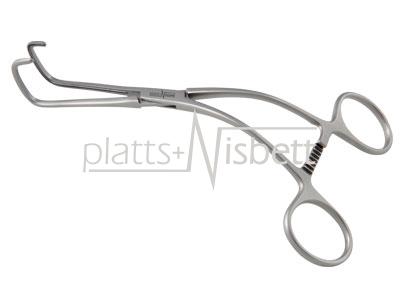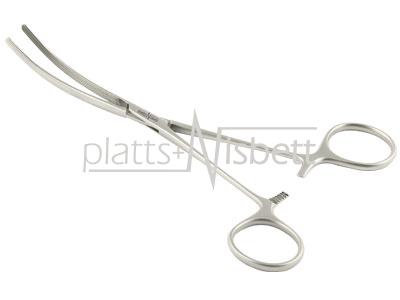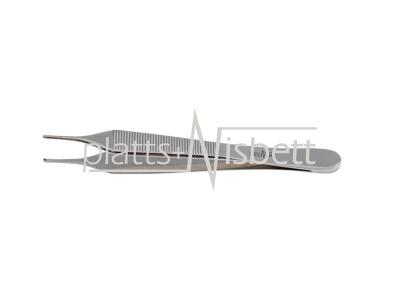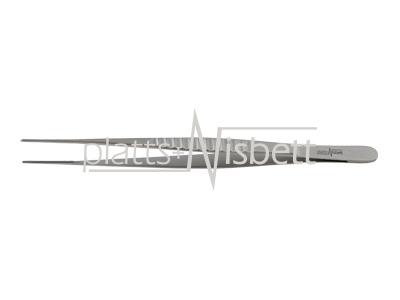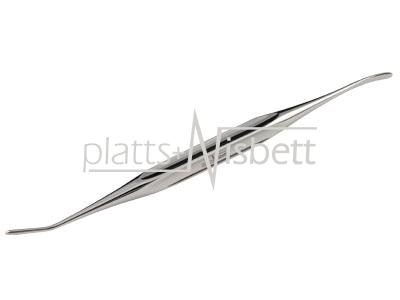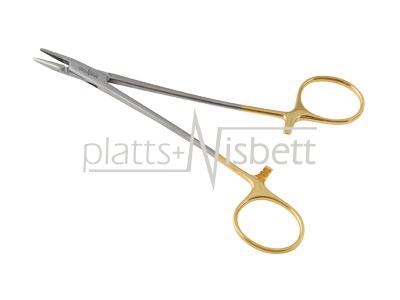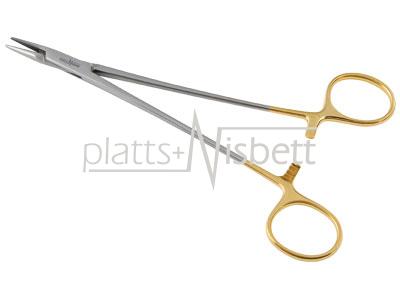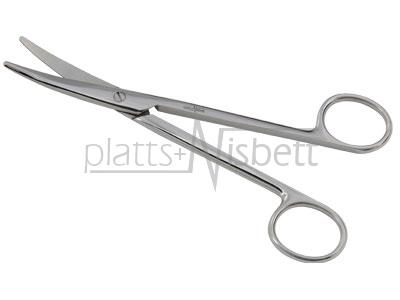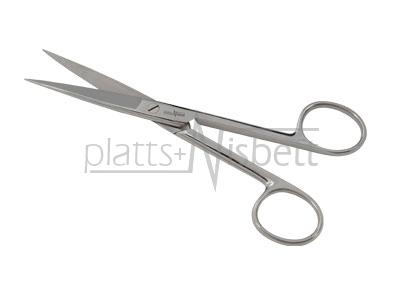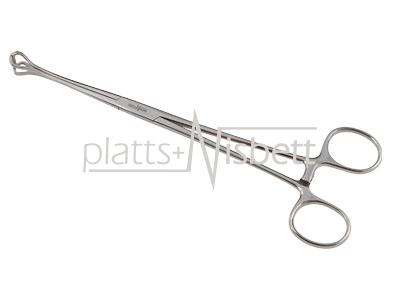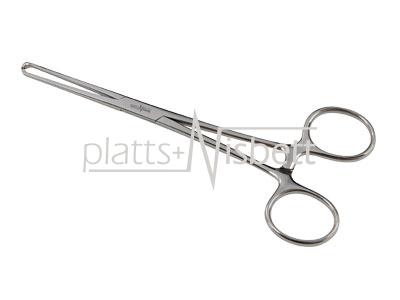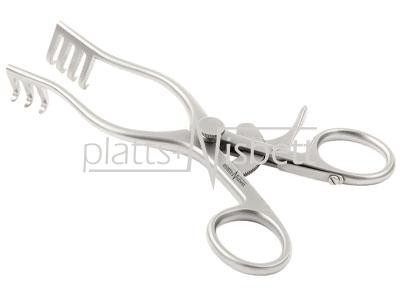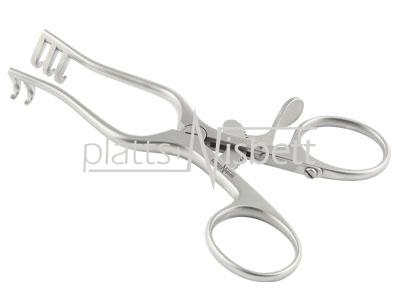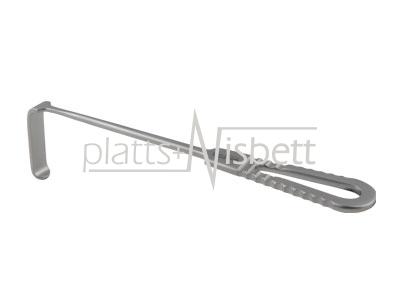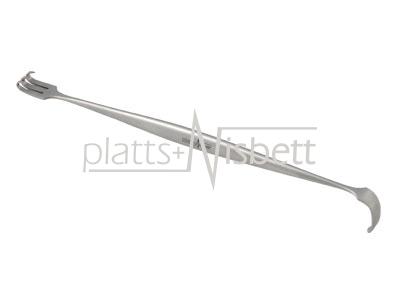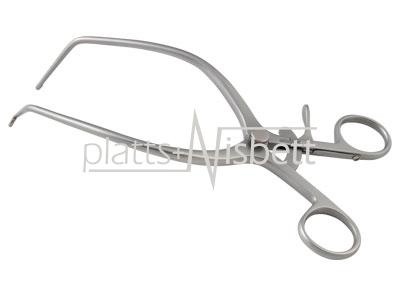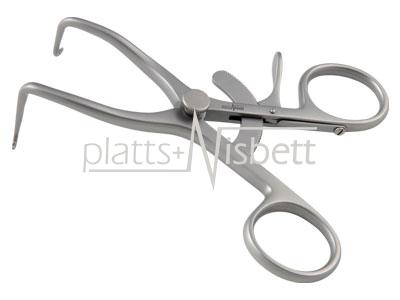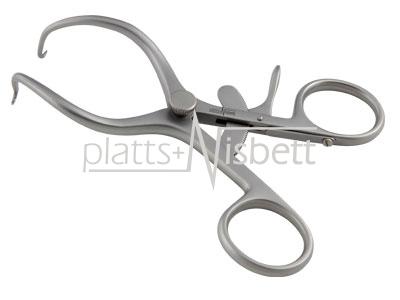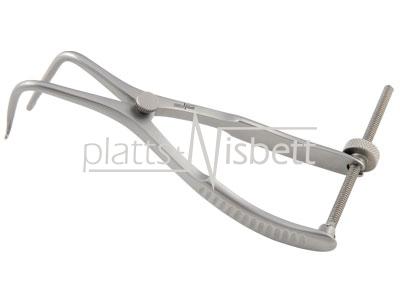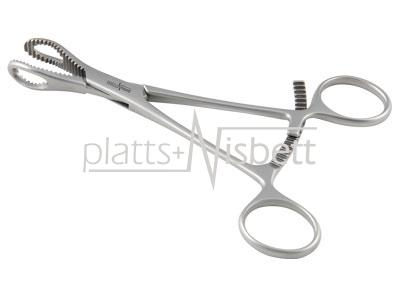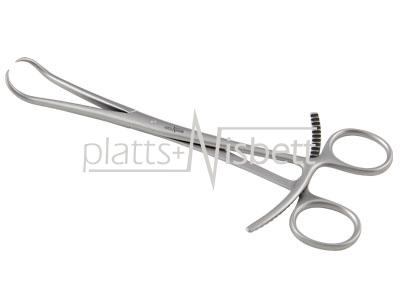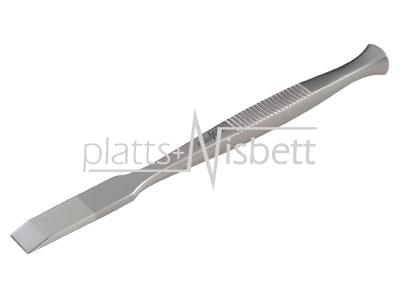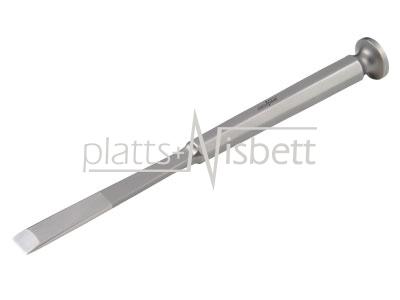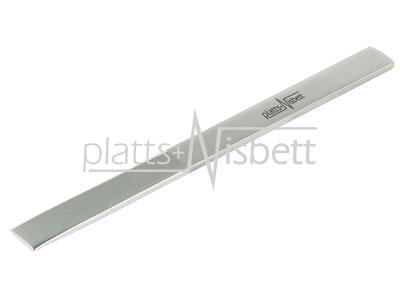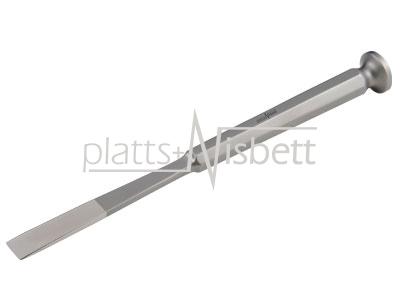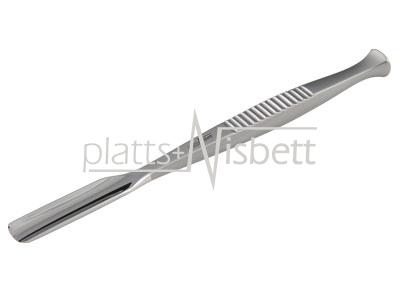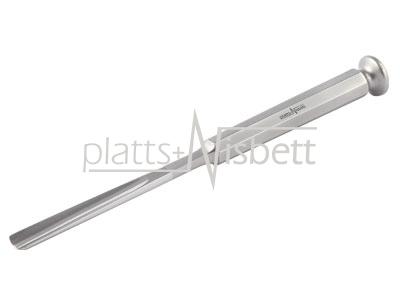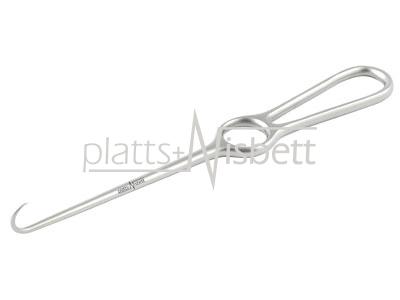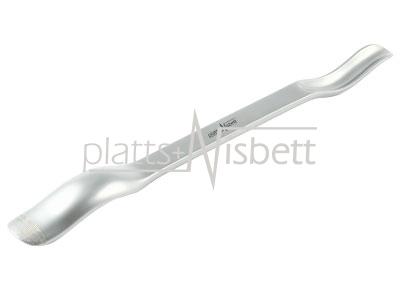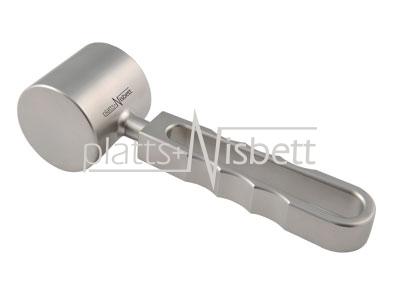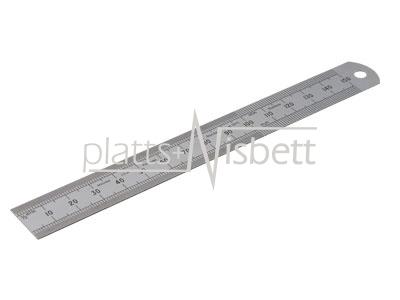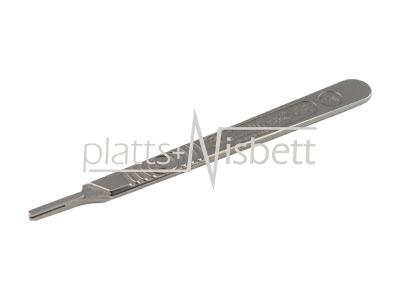A History of Early Orthopaedics

Orthopaedics is the branch of surgery concerned with the skeletal system, treating injuries or diseases affecting bones, muscles, joints or ligaments.
The literal meaning of “Orthopaedics” is “Straight Children”, as it was originally concerned with correcting birth deformities of the limbs of children.
Nicholas Andry was a French physician and writer who played a significant role in the early history of both parasitology and orthopaedics. He coined the word Orthopaedics; derived from the Greek words “orthos” meaning “correct” or “straight”, and “paidion”, meaning “child”. In 1741 he published Orthopédie: or the Art of Correcting and Preventing Deformities in Children. Aimed more at parents than physicians, the book presented a theory of human anatomy, skeletal structure, and growth, along with instructions for correcting deformity. Though the book was read and cited extensively in the period, its main lasting influence in medicine has been its title, which became the name of the field devoted to skeletal and related injuries and ailments (later modified to “orthopædics” and “orthopaedics” or, in American spelling, “orthopedics”).
Many developments in orthopaedic surgery have resulted from experiences during wartime. On the battlefields of the Middle Ages the injured were treated with bandages soaked in horses’ blood, which dried to form a stiff but unsanitary splint.
Jean-André Venel established the first orthopaedic institute in 1780, which was the first hospital dedicated to the treatment of children’s skeletal deformities. He developed the club-foot shoe for children born with foot deformities and various methods to treat curvature of the spine.
Advances were made in surgical technique during the 18th century. John Hunter’s research on tendon healing and Percival Pott’s work on spinal deformity steadily increased the range of new methods available for effective treatment. Antonius Mathijsen, a Dutch Military surgeon, invented the plaster of Paris cast in 1851.
However, up until the 1890s, orthopaedics was still a study limited to the correction of deformity in children. One of the first surgical procedures developed was percutaneous tenotomy. This involved cutting a tendon, originally the Achilles tendon, to help treat deformities alongside bracing and exercises.
In the late 1800s and first decades of the 1900s, there was significant controversy about whether orthopaedics should include surgical procedures at all.
